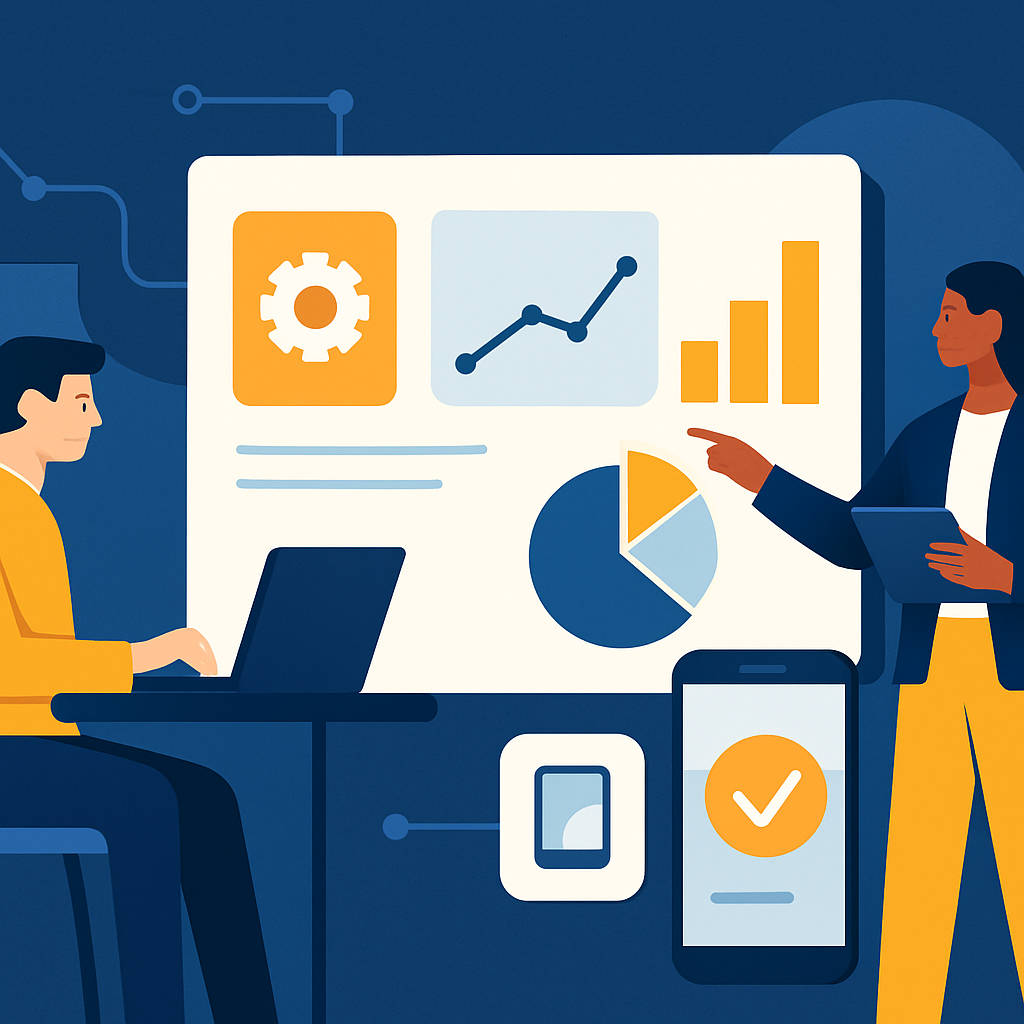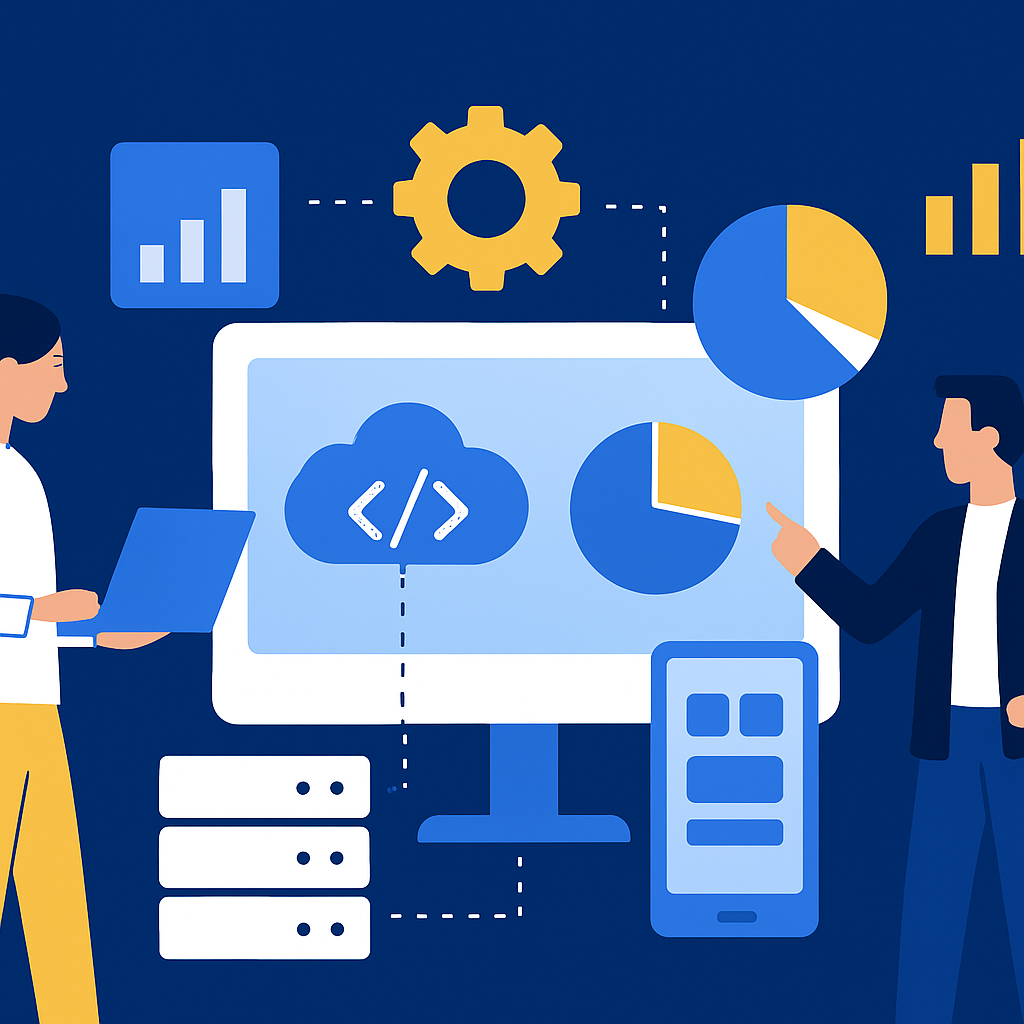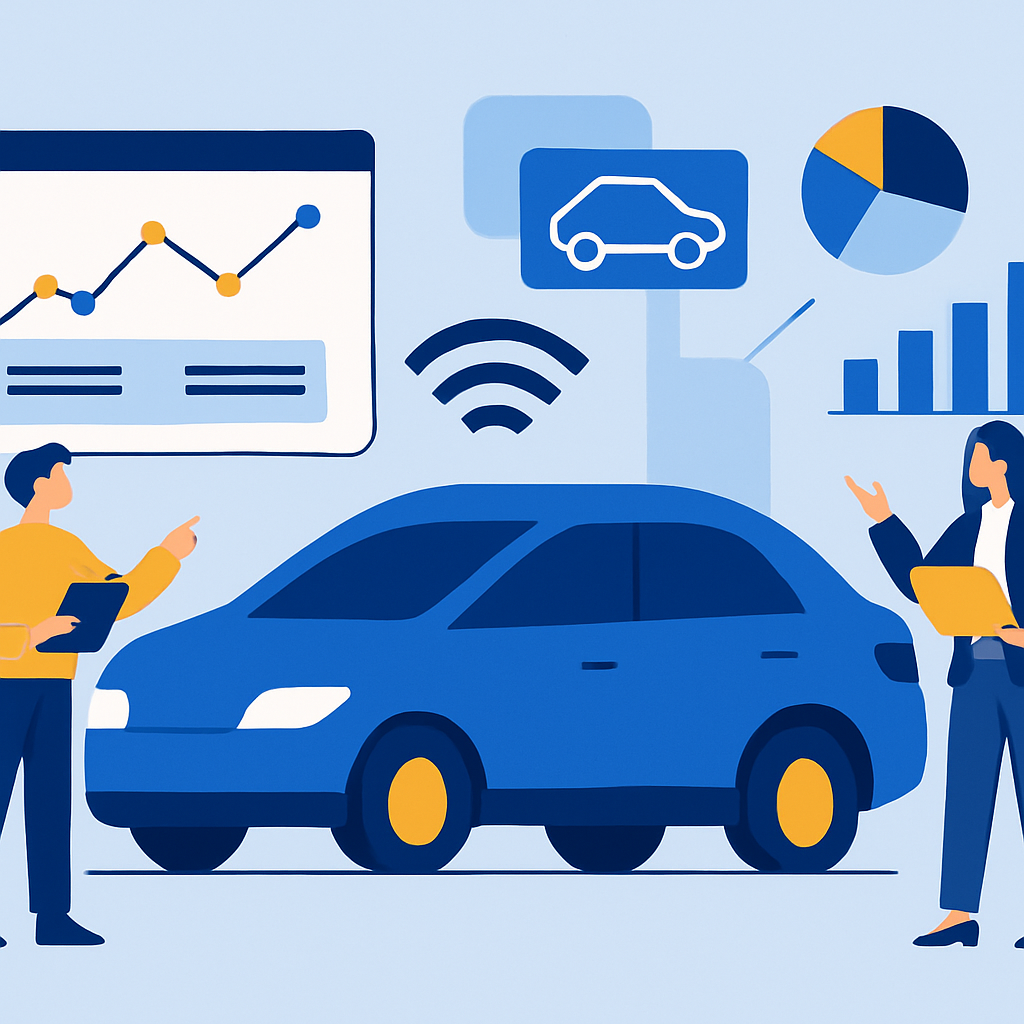
Modernizing Legacy Systems: Strategic Approaches for Future-Ready Enterprises
For many organizations, legacy systems form the backbone of daily operations, holding decades of critical business logic and historical data. However, these systems often struggle to integrate with modern technologies, limit scalability, and increase operational risk. To remain competitive in an era defined by cloud computing, artificial intelligence, and data-driven decision-making, modernization has become a strategic imperative.
Understanding the Risks of Legacy Systems
Legacy systems—whether mainframes, outdated ERP platforms, or custom-built applications—often present challenges such as high maintenance costs, security vulnerabilities, and poor interoperability. As technology evolves, these systems may fail to meet regulatory compliance requirements or support modern customer experiences.
For C-level executives, the cost of inaction can be significant: missed market opportunities, inability to scale, and increased cybersecurity risks. Leveraging services like Security Services ensures that even during modernization, data integrity and compliance remain intact.
Key Modernization Approaches
There is no one-size-fits-all solution to legacy modernization. The most effective approach depends on your organization’s strategic goals, technical constraints, and budget. Below are the primary strategies:
1. Replatforming
Replatforming involves migrating applications to a modern platform—often cloud-based—without making significant changes to functionality. This approach reduces infrastructure costs and improves scalability while minimizing disruption.
2. Refactoring
Refactoring modernizes the application's codebase to improve performance, maintainability, and integration capabilities. This method enables organizations to take advantage of microservices architectures and cloud-native tools. For example, leveraging Azure Architecture Advisor can guide you in designing optimal cloud-based solutions.
3. Rebuilding
Rebuilding means creating a new application from scratch, using modern frameworks and architectures. While resource-intensive, it allows for complete alignment with current business processes and future scalability needs.
4. Replacing
Replacing involves adopting entirely new off-the-shelf or SaaS solutions to replace outdated systems. This can deliver quick wins but requires careful data migration and change management planning.
5. Encapsulation
Encapsulation wraps legacy systems with APIs to enable interaction with modern platforms without altering the underlying code. It is a cost-effective way to extend lifespan while planning for eventual replacement.
Aligning Modernization with Business Strategy
Modernization should not be treated as a purely technical project—it is a business transformation initiative. Executives must ensure that the chosen approach aligns with corporate strategy, customer experience goals, and compliance obligations.
Leveraging Digital Transformation services enables organizations to synchronize technology upgrades with broader organizational change, improving ROI and adoption rates.
Leveraging AI and Data Analytics in Modernization
Integrating artificial intelligence into modernization initiatives can significantly enhance decision-making and operational efficiency. AI can automate migration processes, predict system failures, and optimize resource allocation. Pairing modernization efforts with AI Solutions and Data Analytics allows organizations to extract more value from both legacy and new systems.
Risk Management and Governance
Modernization projects can be complex, involving multiple stakeholders, vendors, and technologies. Establishing strong governance frameworks ensures that projects remain on budget and on schedule. Utilizing tools like the Legacy System Modernization resource can provide proven methodologies and best practices for managing risk.
Practical Steps to Initiate Modernization
- Assess Current Systems: Conduct a comprehensive audit to identify technical debt, security vulnerabilities, and business dependencies.
- Define Strategic Objectives: Align modernization goals with business growth, innovation capabilities, and customer satisfaction.
- Select the Right Approach: Choose between replatforming, refactoring, rebuilding, replacing, or encapsulation based on cost-benefit analysis.
- Establish Governance: Implement governance protocols with clear KPIs to track progress.
- Engage Stakeholders: Ensure buy-in from executive leadership, IT teams, and end-users.
- Leverage Expert Resources: Partner with experienced technology consultants to reduce risk and accelerate timelines.
Conclusion
Modernizing legacy systems is no longer optional—it is essential for maintaining competitiveness, improving agility, and enabling innovation. By choosing the right approach, aligning with business strategy, and leveraging modern technologies like AI and analytics, organizations can transform outdated infrastructure into future-ready platforms.
For tailored guidance on how to approach your organization's modernization journey, explore our Digital Transformation and AI Solutions offerings.


